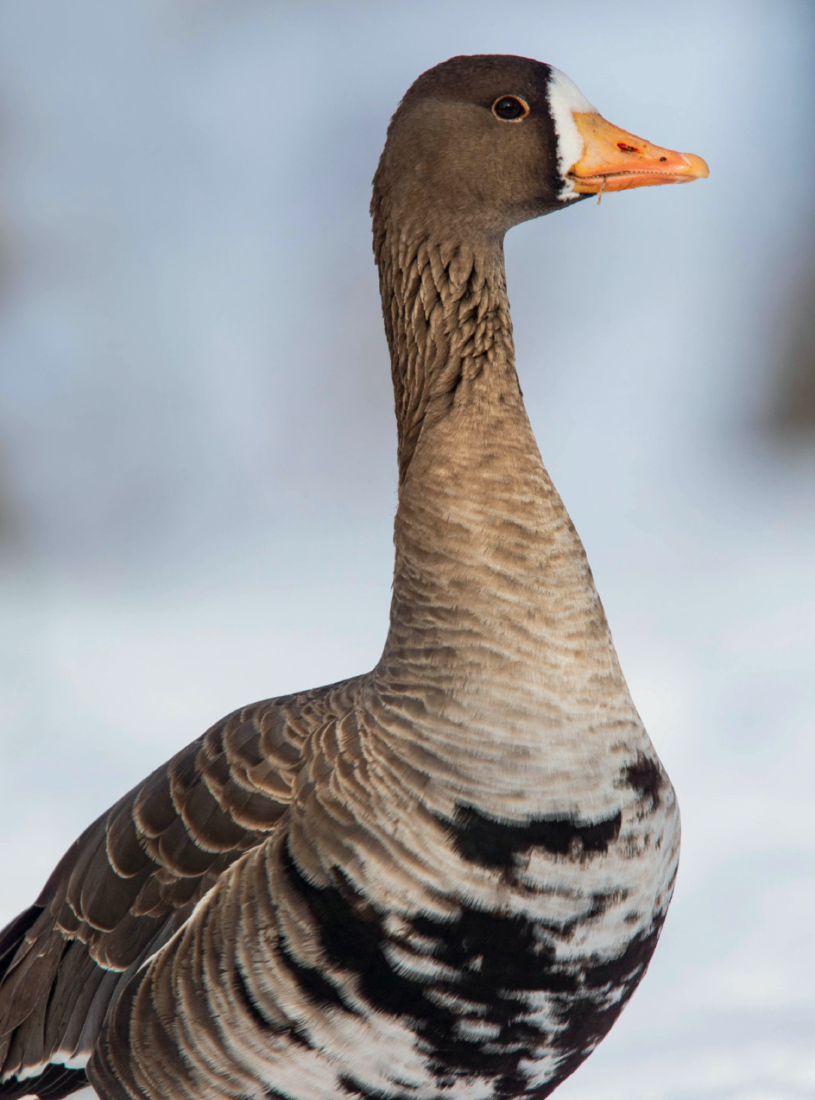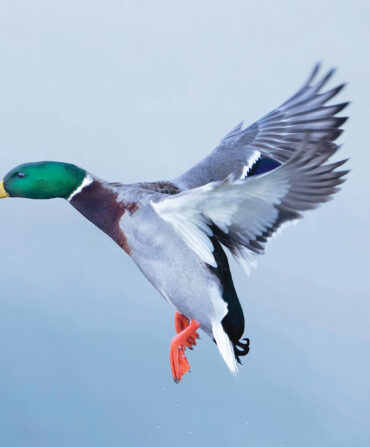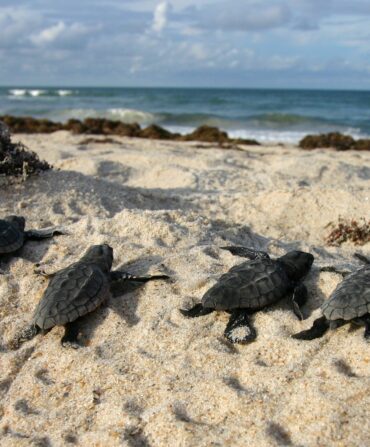At first, in the 1990s, a few greater white-fronted geese trickled in to Southeast Arkansas each winter, but Chase Milligan didn’t think much about it. “I was a duck hunter, like everybody else around here,” the Dumas, Arkansas, native says matter-of-factly. “And ducks are what we had.”
At the time, the increase in the region’s numbers of specklebellies—the nickname for these cousins to the better-known Canada goose—happened gradually enough that Milligan figured it was driven by an overall population increase in the birds. Then, about 2005, “it was like the dam busted,” Milligan recalls. “There were just so many. That’s when we knew we had to be getting someone else’s geese.”
Today, Milligan reports, he doesn’t even slow down when he sees a feeding flock of one hundred whitefronts. He’s looking for fields with three and four times that number. And he’s now guiding specklebelly goose hunts in a region where that was unheard of just a short while ago.
In fact, a dramatic shift in the winter range of greater white-fronted geese has scrambled the future for many Texas and Louisiana hunting guides, while giving hunters in Arkansas a welcome new resource to target. “Beginning in the late 1980s, we’ve seen an entire population move east and north,” explains Douglas Osborne, professor of wildlife management and ecology at the University of Arkansas at Monticello, and a leading researcher on white-fronted goose ecology. “This is not a range expansion. It’s a full shift in distribution, the result of several drivers including urban development and agricultural expansion, decline in coastal wetland marsh, and a change in climate.”
Today, Osborne estimates, there are between three and five million greater white-fronted geese in the Mississippi and Central Flyways, and whereas most of that population once wintered along the Texas and Louisiana coasts, many now put down roots in eastern Arkansas. Osborne figures a large proportion of the midcontinent population stops over in Arkansas during the winter.
A bit smaller than a Canada goose, a specklebelly is a gorgeous animal, with a brindled chest with heavy dark barring and eponymous white facial markings. In flight, white-fronted geese call with a high-pitched two- and three-note yelping cackle that sounds like airborne laughter. The birds respond well to calling, are prone to swing over decoys, and are considered one of the finest table birds of all ducks and geese.
Several factors are pushing the birds east and north in the winter. In Texas, the conversion of rice fields to sugarcane has whittled away at wintering habitat, as has development around Houston and Galveston. Meanwhile, a warming climate at the Arctic breeding grounds has resulted in a longer growing season, which converts to higher rates of goose reproduction.
One concern is that all those extra mouths to feed could affect wintering ducks. Specklebellies begin to arrive in late September and early October. Are there enough calories on the landscape to support another few hundred thousand geese? It’s an open question. “The geese have a different life history strategy,” Osborne explains. “The advantage of an early migration strategy is that the geese have a competitive advantage to acquiring the residual rice left in the fields over many species of ducks. They feed heavily on rice and build fat reserves for winter, so that in the case of a harsh winter or low food resources, they can increase their chances of survival.”
As for the ducks, it comes down to the basics. “You get to the crawfish boil late,” Osborne says, “and there might be only a few crawfish left over and the beer is gone. You start looking for another party.”
But for now, the loss to Texas hunters and guides is a gain for their Arkansas colleagues. Beginning next year, Arkansas will bump up the daily limit for white-fronted geese from two to three birds. And Milligan, who runs Wild Goose Chase outfitters, hunts geese exclusively upwards of seventy days a year and is nearly booked out for the coming season. “I just hope they stay here,” he says, acknowledging that there’s no guarantee the specklebelly shuffle won’t happen again.








